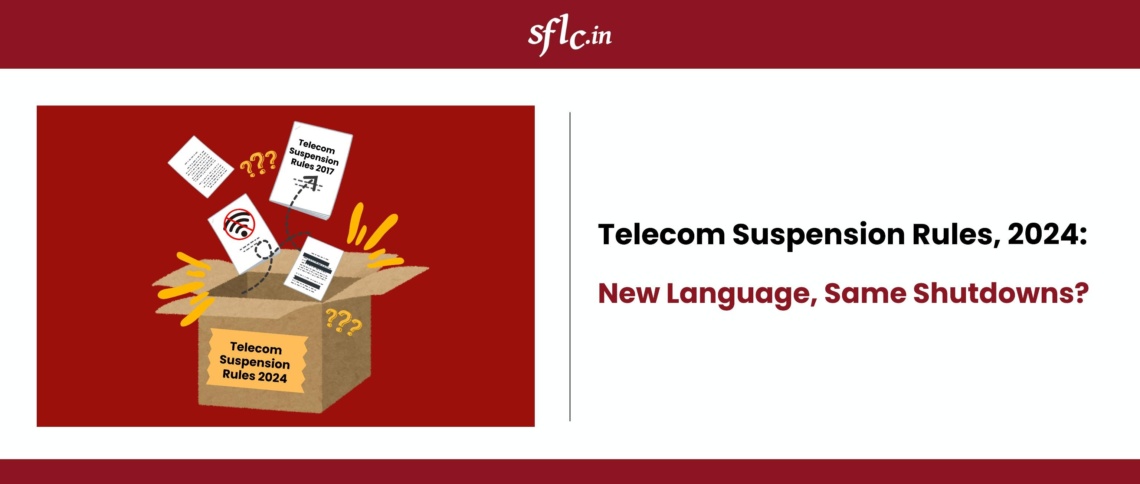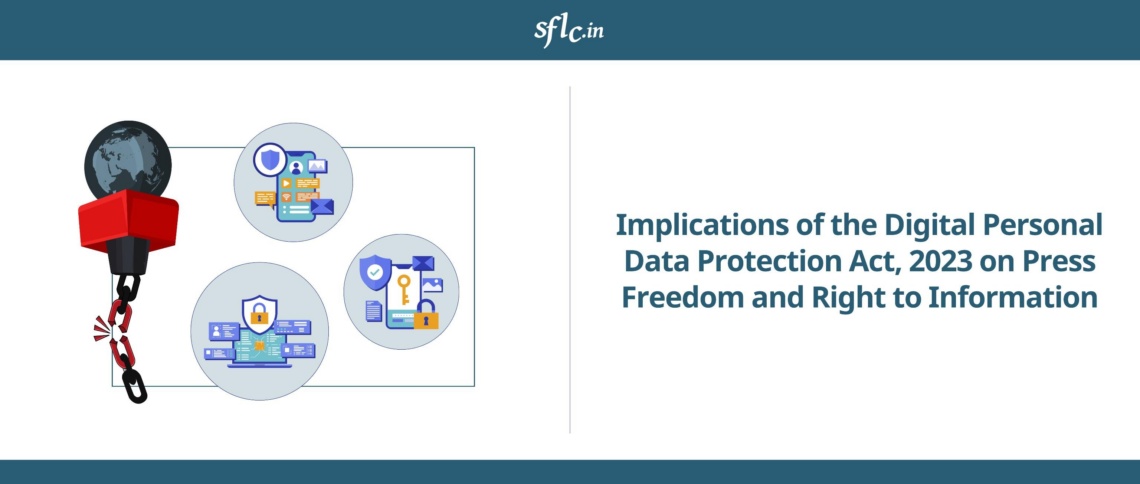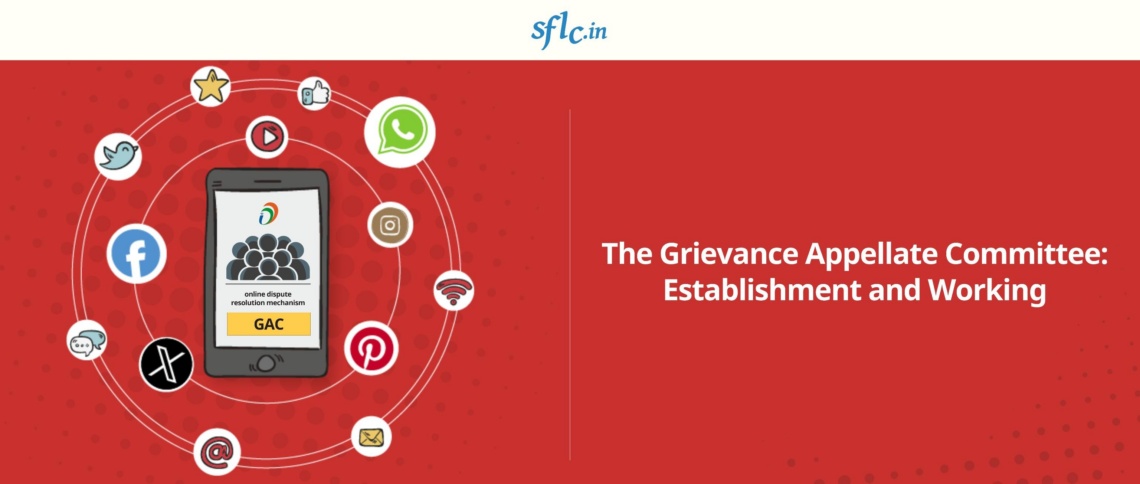Revisiting India’s Internet Shutdown Regime Through the Lens of Legal Reform and Ground Realities
The enactment of the Telecommunications Act, 2023 has reshaped the legislative foundation for regulating India’s telecom sector. Among the first instruments introduced under this new law was the Telecommunication (Temporary Suspension of Services) Rules, 2024 [1] (hereinafter referred to as the “2024 Rules”), notified on November 22, 2024. These new rules formally replace the Temporary Suspension of Telecom Services (Public Emergency or Public Safety) Rules, 2017, [2] (hereinafter referred to as the “2017 Rules”) which previously governed the suspension of internet and telecommunication services across India. Coming on the heels of mounting legal challenges and public criticism, the 2024 Rules were presented as a step forward—bringing greater clarity, accountability, and procedural rigor.
Yet, as with many reforms in India’s digital governance ecosystem, the devil lies in the enforcement. While the new rules improve the language of internet shutdown orders, they have not yet transformed the substance of state practice.
The Legal Shift: From the 1885 Telegraph Act to a “Modern” Framework
India’s internet shutdown powers historically stemmed from Section 5(2) of the Indian Telegraph Act, 1885, an antiquated provision never designed for regulating the digital age. In 2017, rules were introduced to provide a regulatory scaffolding under this law but they were vague, enabling indiscriminate and prolonged suspensions, often without public accountability.
The Telecommunications Act, 2023 was meant to modernize this regime. Under Section 20, both the Central and State governments can suspend telecom services, but now subject to clearer procedural guardrails. The 2024 Rules, particularly Rule 3(2)(b)(ii), mandate that suspension orders must specify the geographical region wherein the telecom services are being restricted.
At first glance, this appears to be a significant reform. But the core question remains: Does this procedural improvement translate into more rights-respecting governance, or is it just old wine in a new bottle?
Case Studies in Contrast: Jammu & Kashmir and Manipur
Jammu & Kashmir: Detailed Orders, Same Justifications
The post-2024 shutdown orders in J&K show some cosmetic evolution. Orders from January, February, and April 2025 reference the exact rule invoked (Rule 3(1)), specify the location (e.g., specific regions by kilometer radius or cell towers in Gund, Billawar, Bhaderwah), and distinguish between 2G and high-speed mobile data. They even mention time frames and network types.
However, the justifications remain identical to earlier years: vague references to “anti-national elements,” “social media misuse,” and “public order concerns.” This templated language persists despite judicial pronouncements requiring reasoned, proportionate, and narrowly tailored suspensions, particularly in Anuradha Bhasin v. Union of India [3].
Furthermore, these orders are rarely made preemptively public. Citizens often rely on RTI filings, media leaks, or after the suspension has expired to access them, raising fundamental concerns about transparency and access to remedy.
Manipur: Rule of Law in Abeyance
In Manipur, the story is even more troubling. Since May 3, 2023, the state has seen one of the longest and most opaque shutdowns in Indian history. Orders were repeatedly renewed every five days, each copy-pasting the same justification, despite the prolonged nature of the disruption.
After judicial intervention in June 2023 [4], shutdown orders began reflecting limited restoration efforts (e.g., tower-based reactivations in unaffected districts). But these efforts failed to extend meaningful access to the general public, and orders were not proactively published, undermining the supposed gains of the new rules.
The Manipur case illustrates a key point: no amount of procedural reform matters when the culture of governance is non-transparent and unaccountable.
Rulebook Without Teeth: Structural Gaps in Enforcement
While the 2024 Rules improve the form, the substance remains untouched due to three structural deficits:
1. Opaque and Unaccountable Review Process
The Review Committee under Rule 6 is an in-house bureaucratic body, comprising Home and Law Department officials. Its deliberations are not public. There is no judicial member, no public reporting, and no citizen oversight. This transforms what should be a procedural safeguard into a rubber stamp.
2. Lack of Mandatory Disclosure
There is no requirement under the 2024 Rules to proactively publish shutdown orders in real time. This severely limits a citizen’s ability to challenge unlawful suspensions. How can a right be enforced if its infringement is hidden?
3. No Consequences for Abuse
Even when shutdowns are found to be excessive or unjustified, there are no penalties or disciplinary actions against the issuing officers. This creates a regime of zero accountability, where shutdowns are used as default responses to unrest, often more out of administrative convenience than legal necessity.
A Comparative Note: How India Compares Globally
Globally, internet shutdowns are widely condemned as disproportionate responses that disproportionately harm marginalized communities. Courts in Pakistan, Kenya, and Indonesia have, at various points, struck down blanket suspensions for violating freedom of expression and access to information.
In contrast, India, despite its democratic institutions and constitutional protections remains the global leader in internet shutdowns, often without providing specific evidence or alternative approaches.
Toward a More Accountable Shutdown Regime
The 2024 Rules should not become another symbolic legal document. Their potential must be unlocked through complementary reforms that center citizen rights:
- Mandatory real-time publication of all shutdown orders on Home Department websites in regional languages.
- Inclusion of independent members (retired judges, civil society experts) in the Review Committee.
- Time caps and geographic limitations on orders, with automatic judicial review for any shutdown exceeding 24 hours.
- Penalty provisions for misuse or unjustified renewals of shutdown orders.
- Annual transparency reports by state governments disclosing the number, duration, and justification for each shutdown.
Conclusion: A Rulebook Read Aloud in an Empty Room?
The Telecommunication (Temporary Suspension of Services) Rules, 2024 promise clarity, but they fall short on accountability. Without systemic transparency, oversight, and legal redress, the new rules risk becoming a performative upgrade, replacing one opaque regime with another.
As India becomes increasingly digital, internet access is no longer a luxury, it is a precondition to free expression, education, economic participation, and democratic engagement. If connectivity is to be treated as a constitutional right, not a dispensable privilege, then shutdown governance must be rights-based, not regime-based.
The move from the 2017 to the 2024 Rules will be meaningful only when the law ceases to be performative and begins to be protective.
References:
[1] Vide G.S.R. 724(E), dated 22nd November, 2024, published in the Gazette of India, Extra., Pt. II, Sec. 3(i), No. 665, dated 22nd November, 2024.
[2] Vide G.S.R. 998(E), dated 7th August 2017, published in the Gazette of India, Extra., Pt. II, Sec. 3(i), No. 679, dated 8th August, 2017.
[3] (2020) 3 SCC 637
[4] Manipur High Court Order dated 07/06/2023, W.P. (C) No. 329 of 2023.




